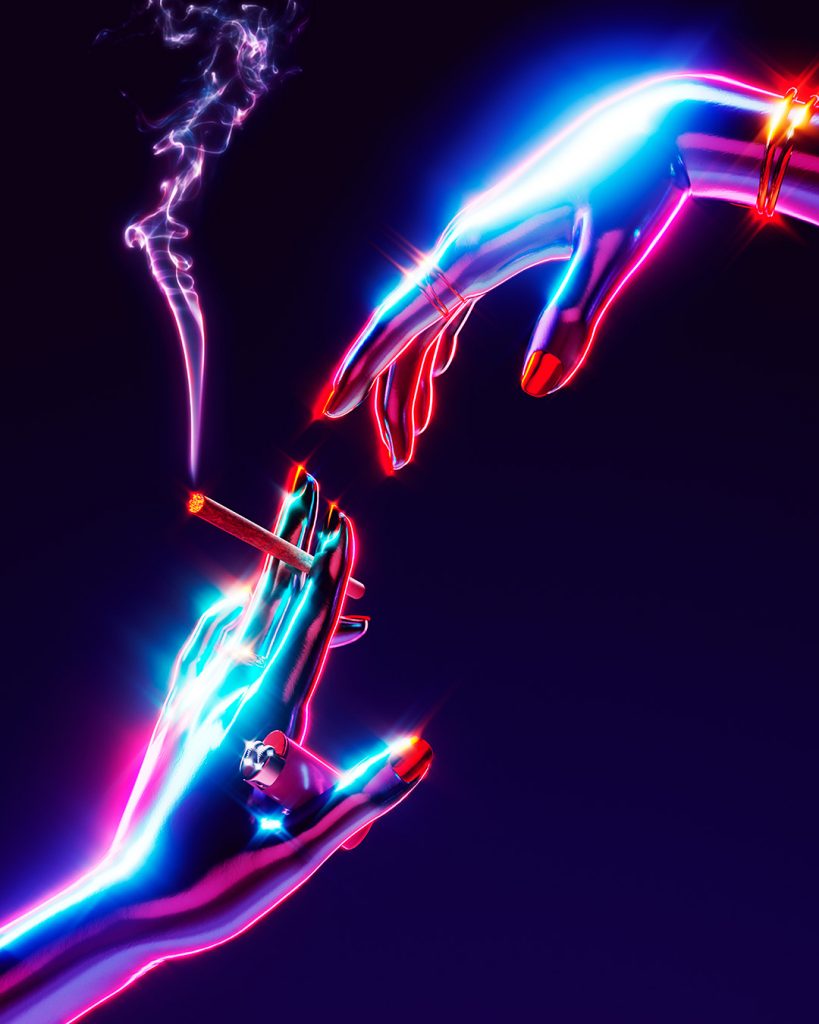NFT: Internet culture or art? Interview with Alberto Carlo Macchi

NFT – Non Fungible Token – and Crypto Art, which jumped to the honors after the New York auction house Christie’s sold one for 69 million dollars. “Everydays: The First 5000 Days” created by Mike Winkelmann: consisting of a JPG file of a collage of all the digital images posted by the author every day since 2007, the work is a unique piece in the history of digital art.
An NFT is a digital brand with a certificate of authenticity and uniqueness. This certificate is issued thanks to blockchain technology, which makes each piece unique, neither reproducible nor mutually interchangeable. NFTs are therefore associated with a content and guarantee its authenticity, giving the owner a certificate of ownership of the (digital) product in question.
A piece of crypto art is non-fungible so as to distinguish it from other interchangeable crypto assets (such as Bitcoin and Ethereum). Artists who want to sell their work as NFTs have to register on a market and issue tokens (the so-called “mining”), by entering their info on the blockchain. Through the “tokenization” the NFT is traced in the blockchain, which encodes its origin, conditions and authenticity. The purchase of the NFT provides proof that the work is authentic and belongs to him alone, and however it is reproducible and viewable on other people’s devices, it does not belong to them. This is why they are considered a bit like an artist’s signature, which protects the creator‘s authorship by making the market transparent.
To find out more about what the market can offer to artists and users, we contacted the image maker Alberto Carlo Macchi, 3D artist and photographer. Alberto collaborates with Foundation and the Grants Program after one of his works stood out in a competition for digital artists, winning the opportunity to enter the virtual gallery. I had a chat with him, asking him to answer my questions as if I were an aunt who doesn’t even have a digital alarm clock.
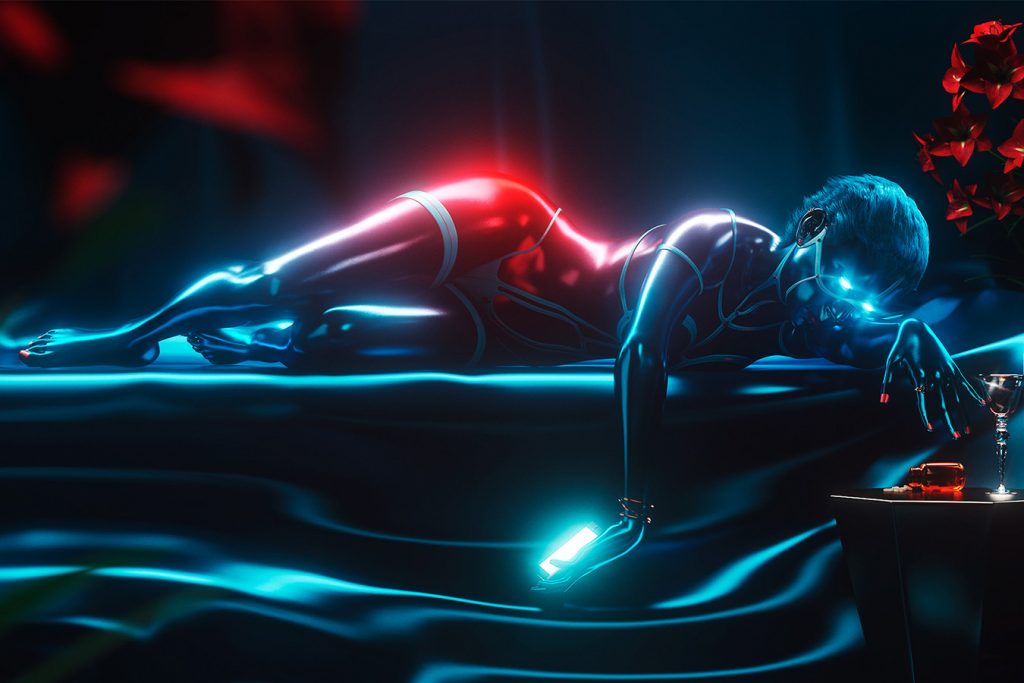
[Interview done in August 2021]
How did your journey with NFTs begin?
I started when I discovered SevensGrant, a nascent marketplace that selected 200 artists whose main requirement was never to have published a Non-Fungible-Token. Within the commission that selected the artists there were names like Beeple, Pak… I couldn’t miss the opportunity! I was selected and my work went up for auction along with those of other artists until, even quite quickly, it was sold! As it was a bidding auction, it was obviously up to me as well. So after three or four bids, I decided to sell it because I wanted to put my trust in those who had put their trust in me, without having to “scratch the last euro”.
Before launching into this world, did you already know about cryptocurrencies?
Browsing the web for a long time I have a big regret: not having invested back then! I have always followed the story, but I did not expect this boom. Initially it was born as an experiment, without any ambition either to become so widespread or to have a use that could contrast the traditional currencies… which then happened!

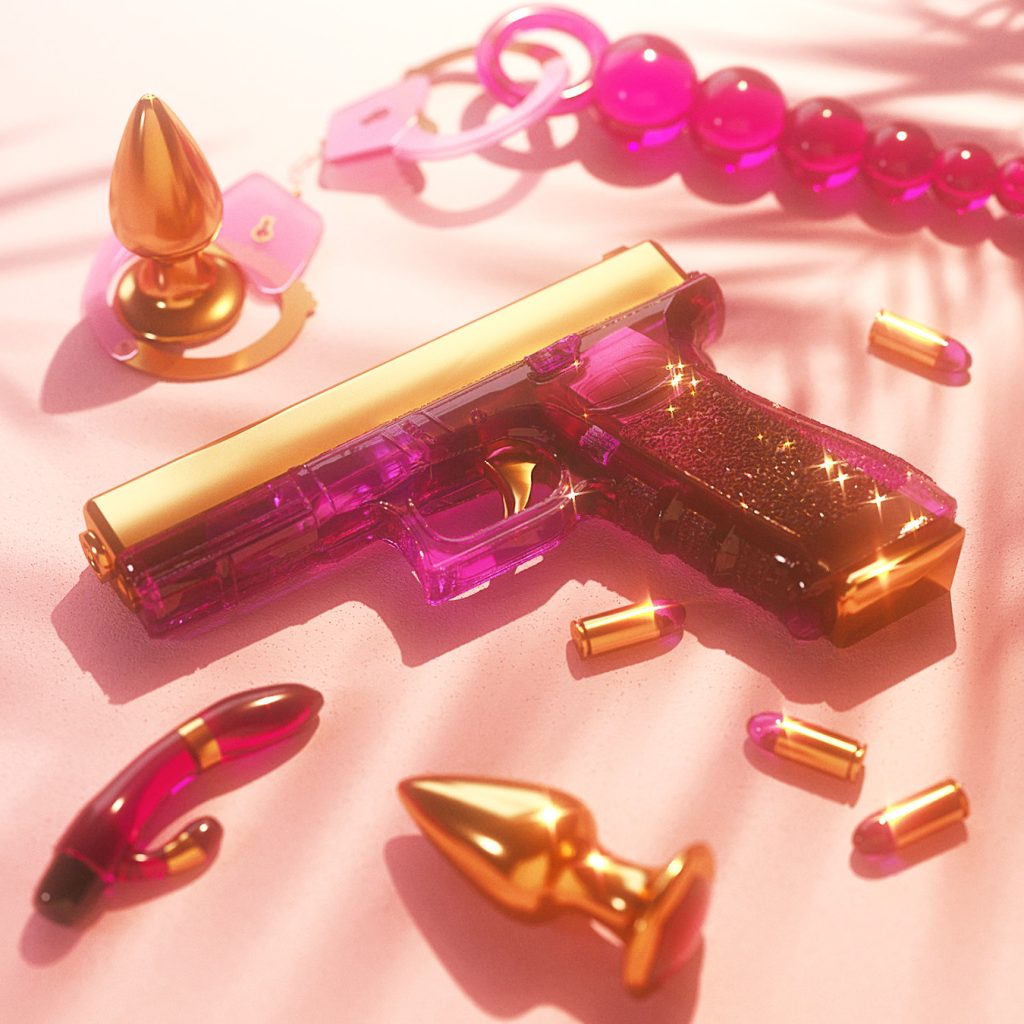
On what basis do you decide which works to make NFT? Does the purchase concern only the property or is the work included?
There are two types of marketplaces, the difference is: free ones like Opensea or Rarible don’t have the “curational” part and anyone can publish. Other marketplaces have a commission of artists or people in the business who make a selection of works to be published and promoted. It is like the difference between a marketplace and an art gallery: the latter has a completely different reputation, your name is perhaps linked to other important artists. As far as I’m concerned, I have no interest in launching my works in the sea of digital works on the web, there are so many without any precise rigour and often at ridiculous prices that do not give value to the work.
It is a little bit the border between what is “Internet Art” and real art, which moves towards the crypto market …
Exactly. We are saturated with digital art out there. For me, it’s better to move into marketplaces with a certain reputation, which can also act as PR for people like me who are not particularly good at sponsoring themselves. It’s the exact same thing as being followed by a gallery or going to a marketplace and selling your paintings to anyone..

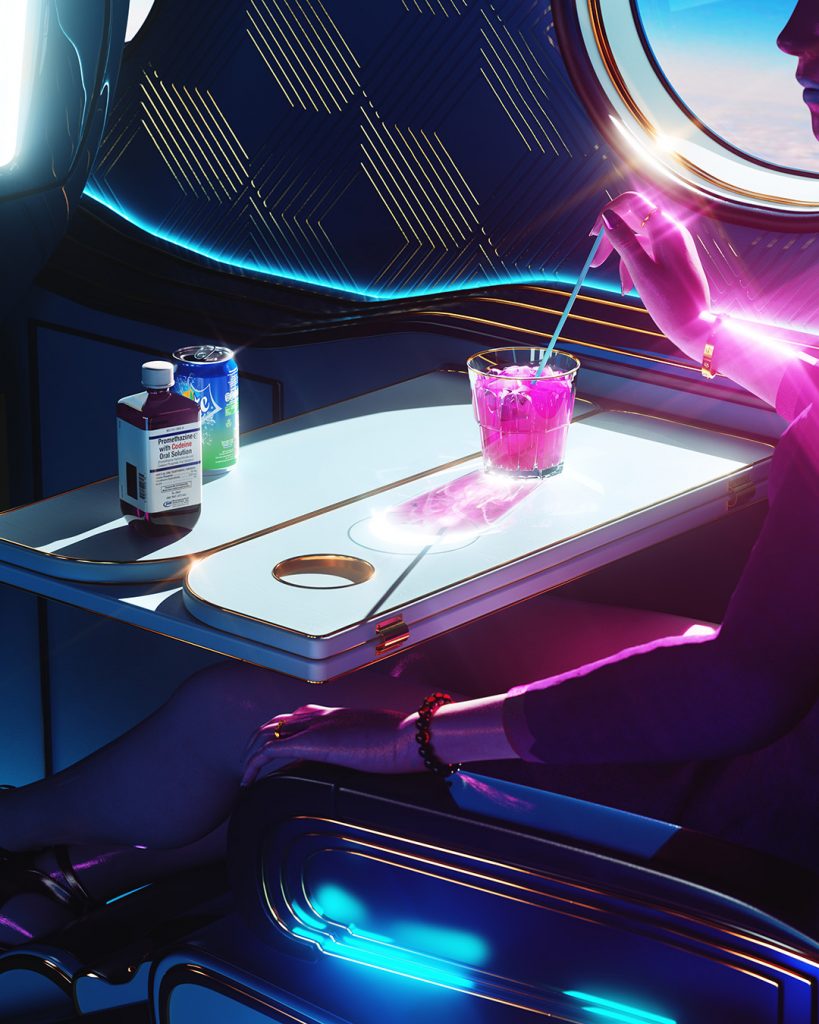
But what are the advantages or disadvantages? Is there regulation that in a sense protects artists?
A recent unpublished fact is interesting: almost as if it were a traditional art market, there are now royalties. When the artist sells the work and in turn is resold by the collector, he earns 10% which is a lot. Obviously there is no shortage of cunning and speculation, just like a traditional market!
But if the crypto loses value, the work is also worth less, right?
Basically yes. It may sound foolish, but it all depends on market values. However, some marketplaces have now opened up to the secondary market: if a collector buys the work and then resells it, both the owner and the artist gain. So you have to consider NFTs a real investment.
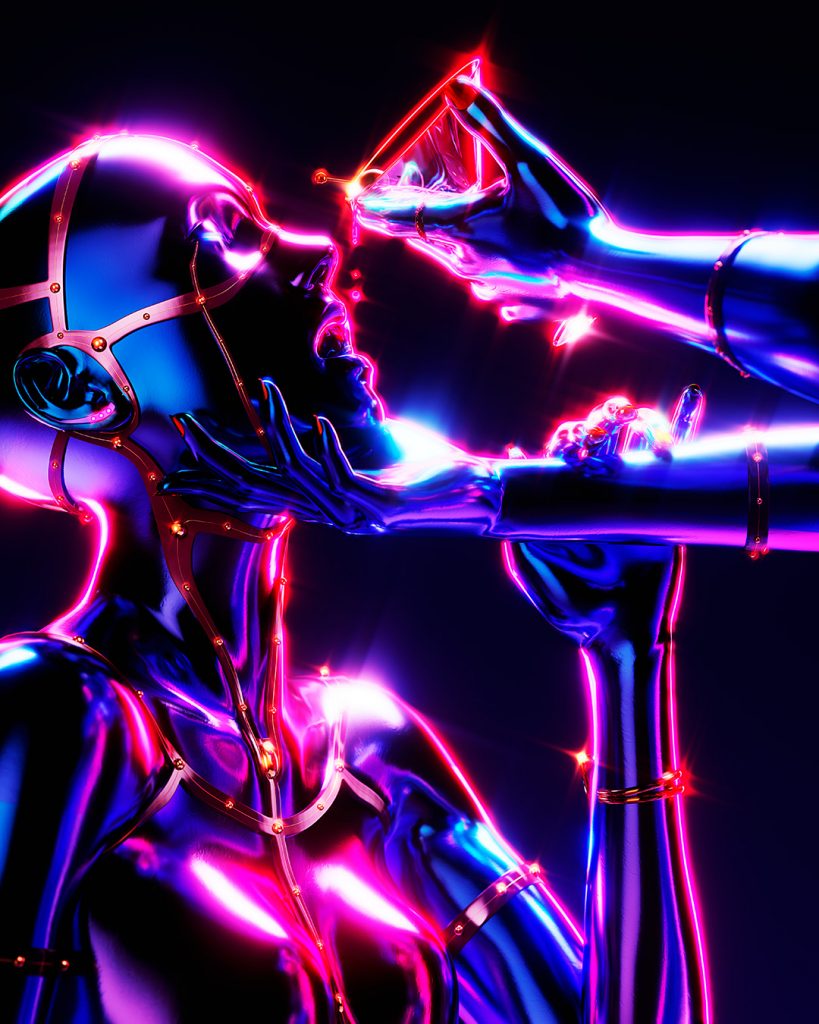
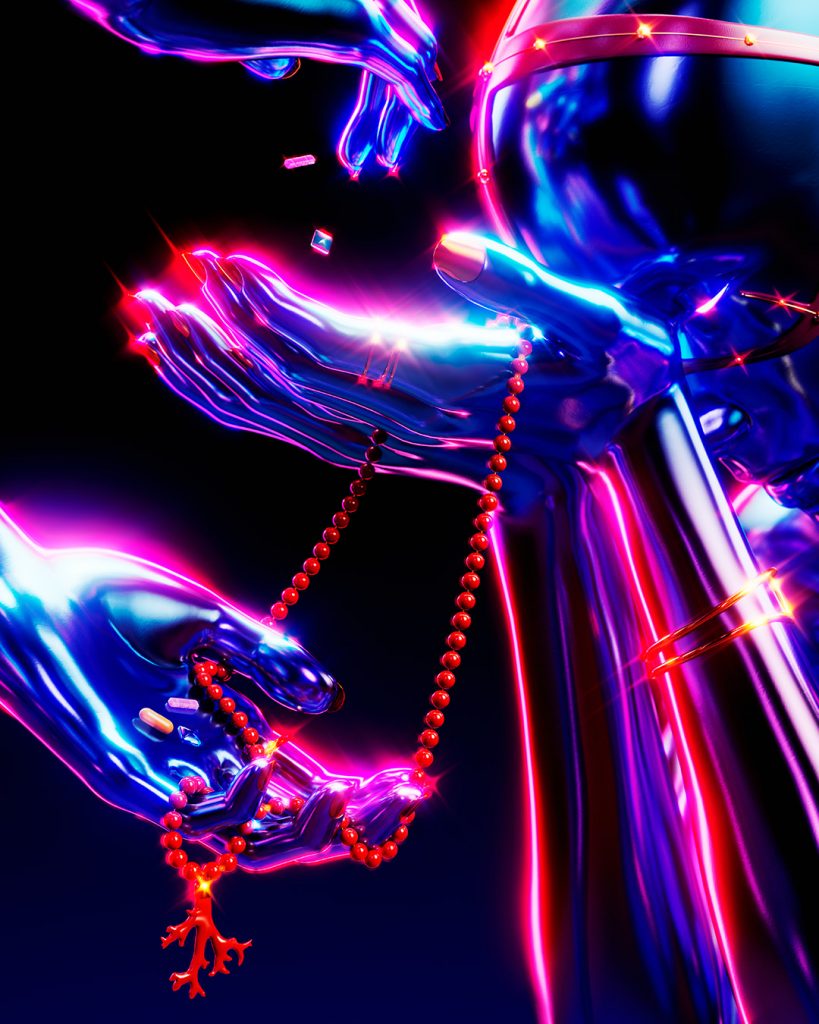
What impact have NFTs had on the industry? Has it changed or confirmed the paradigm of what is often not even considered “true art”?
Perhaps it is too early to understand if this will continue or if it is just a trend. For example, photography in NFTs still doesn’t work very well. Major collectors and major investors are all relatively young, under 40. Those who invested in the currencies when people didn’t know what they really were, back when Bitcoin was only talked about in the internet underground. The “new rich” who thanks to small investments now find themselves with a lot of money! So the taste that drives the market is that of “kids”, more inclined to illustration, graphics and 3D digital art with a very specific aesthetic. In my opinion, a market like that of photography wouldn’t even make much sense, because it already enjoys a traditional market of its own.
What future do you see for NFTs?
I imagine a future in actual virtual reality. When Oculus came out in 2016, the technology was not amazing, it still struggles with the difficulties of the various supports despite the new additions and head-seats. However, with the development of new technologies, it could be a way for people to alienate themselves from the world and enter unique fictional realities: NFTs, customizable and designed to your preferences by your favorite artists! As well as fashion catalogs and shopping, events… you have to be ready and keep up with the speed of developments, pandemic permitting! It would be nice to create a collective of NFT artists, or marketplaces exclusively reserved for Italian artists in the sector, as happens in other countries.
